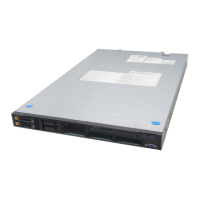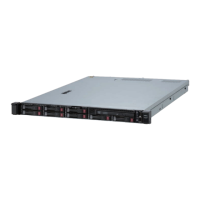2-15
Memory number: XX
Date/ti
d) If repor Agent, Manager reporting and ALIVE reporting is
perform :
Mem
Date/ti
Recovering BIO
me: XX
t setting is made through the ESMPRO
ed. The report contents are as follows
Explanation: Part of the DIMM was isolated due to a memory error.
ory number: XX
me: XX
S Data
Two system BIOSes, primary and secondary, are used to realize the duplex configuration.
No ary BIOS. If a primary BIOS data error occurs or if the device containing
the ly transferred to the secondary BIOS. Thus, the activation of the system is
ensured.
At ute the
sys
sys
SA
rmally, the system operates with the prim
system BIOS fails, control is immediate
shipment, the latest version of system BIOS is stored both in the primary and the secondary BIOS. If you exec
tem BIOS update, the secondary BIOS is updated, and the updated BIOS becomes the primary BIOS. Thereafter, the
tem is activated from that primary BIOS.
F-TE Logic
Th
dis rives, and enclosure monitoring.
The transport mechanism for the standardized alert detection and status reporting is the SCSI bus. Disk drives, power
supplies, cooling fans, and temperature are continually monitored and the conditions then reported over the SCSI bus to
the AID management software the user can be alerted of impending or imminent disk
con . This allows the user to react to conditions that could normally go unnoticed until data
loss.
Sy
e SCSI backplane includes SAF-TE (SCSI Accessed Fault Tolerant Enclosure) logic that provides an interface to the
k subsystem that supports status signals, hot swapping d
system. When used with R
ditions requiring attention
stem Cooling
Th
Th
e chassis includes a hot-swappable fan module with six fans for cooling the processor(s), hard drives, and PCI cards.
e fan system is located in the middle of the chassis to pull cooling air through the chassis.

